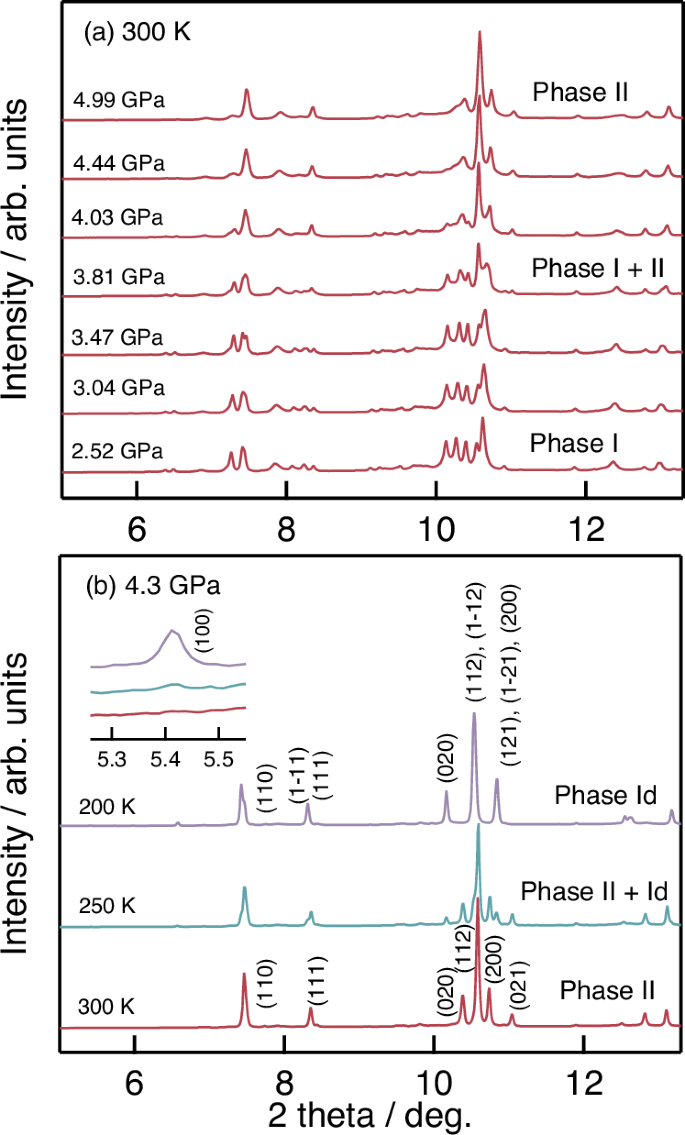2025-03-06 京都大学

BiNiO3の高圧・低温でのBi3+/Bi5+電荷グラス転移と、高圧・高温での負熱膨張を伴うBi-Ni間電荷移動のイメージ
<関連情報>
- https://www.kyoto-u.ac.jp/ja/research-news/2025-03-06
- https://www.kyoto-u.ac.jp/sites/default/files/2025-03/web_2503_Kawashima-3823d0f87820e97c6b9b595fd1b1bd1f.pdf
- https://www.nature.com/articles/s41467-025-57247-1
BiNiO 3における圧力誘起電荷非晶質化 Pressure-induced charge amorphisation in BiNiO3
Wei-tin Chen, Takumi Nishikubo, Yuki Sakai, Hena Das, Masayuki Fukuda, Zhao Pan, Naoki Ishimatsu, Masaichiro Mizumaki, Nomi Kawamura, Saori I. Kawaguchi, Olga Smirnova, Mathew G. Tucker, Tetsu Watanuki, Akihiko Machida, Shigehiro Takajo, Yoshiya Uwatoko, Yuichi Shimakawa, Mikio Takano, Masaki Azuma & J. Paul Attfield
Nature Communications volume 16, Article number: 2128 (2025) Cite this article

Abstract
The order or disorder of electrons is fundamental to materials properties and also provides simple analogues to the different states of matter. A charge ordered (CO) insulating state, analogous to a crystalline solid, is observed in many mixed valence materials. On heating, this melts to a charge liquid (metallic) phase, often with interesting associated physics and functions such as the Verwey transition of Fe3O4, colossal magnetoresistances in manganites (e.g., La0.5Ca0.5MnO3), and superconductivity in K-doped BaBiO3. Here we report the observation of pressure induced charge amorphisation in a crystalline material. BiNiO3 has charge distribution Bi3+0.5Bi5+0.5Ni2+O3 with long range order of the Bi3+ and Bi5+ states at ambient pressure, but adopts another, structurally crystalline, but charge glassy, insulating phase at pressures of 4–5 GPa and temperatures below 200 K, before metallization above 6 GPa. This is analogous to the much-studied pressure induced amorphisations of many crystalline materials and melting is even observed at accessible pressure/temperature. BiNiO3 provides fundamental insights to the study of amorphisation using charge states rather than atoms or molecules.


